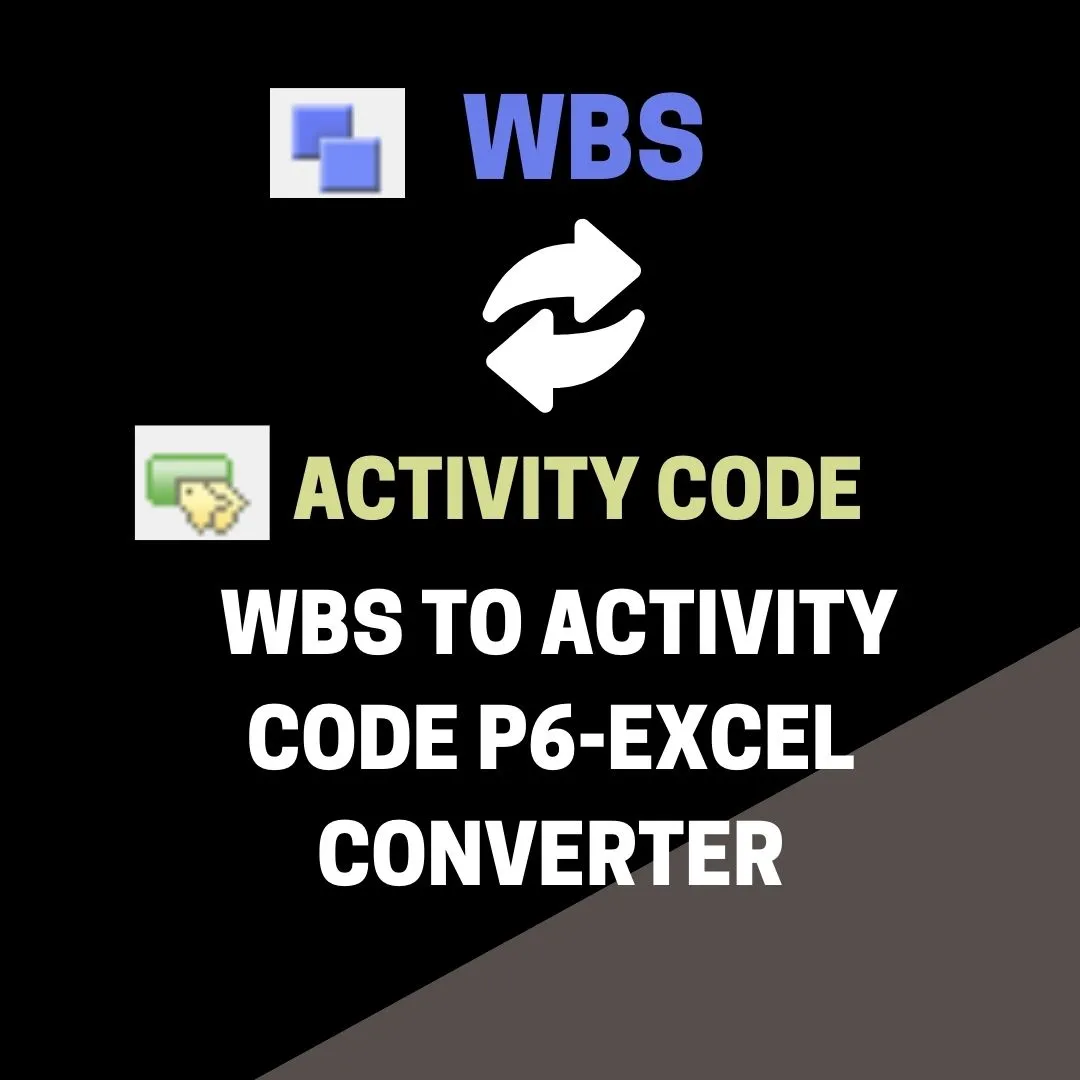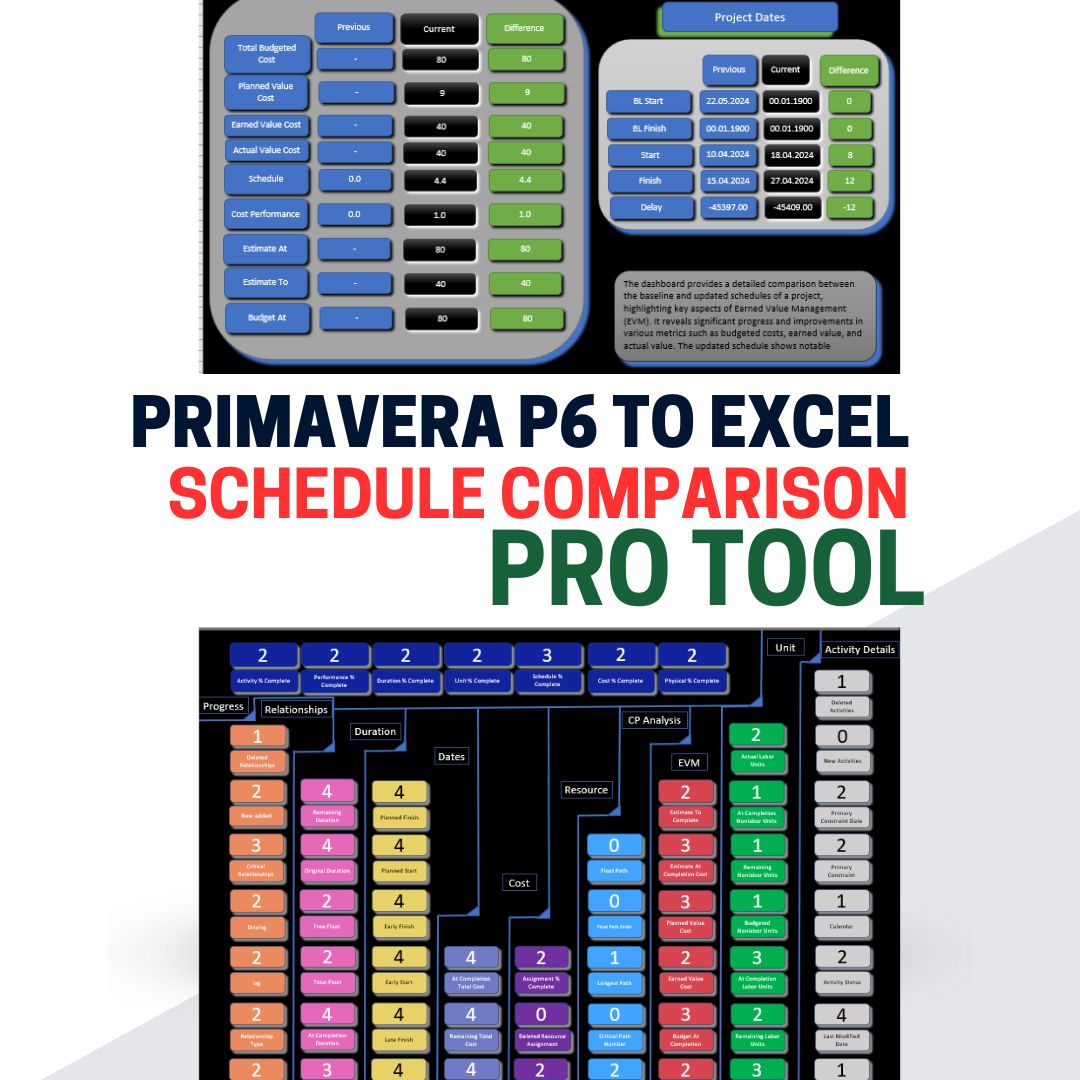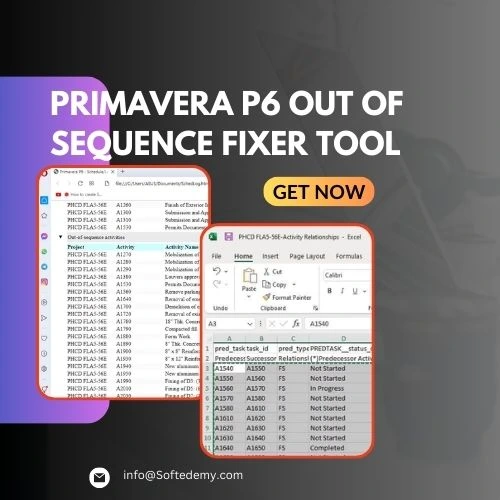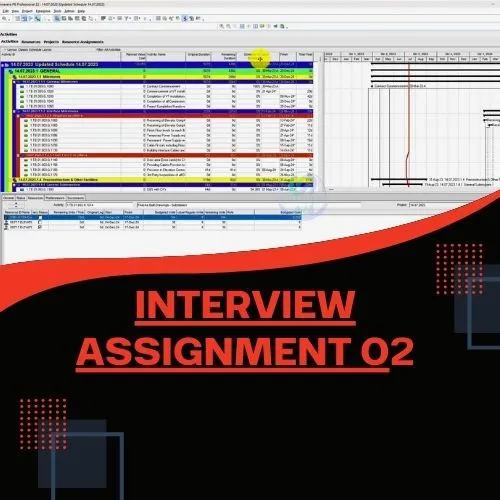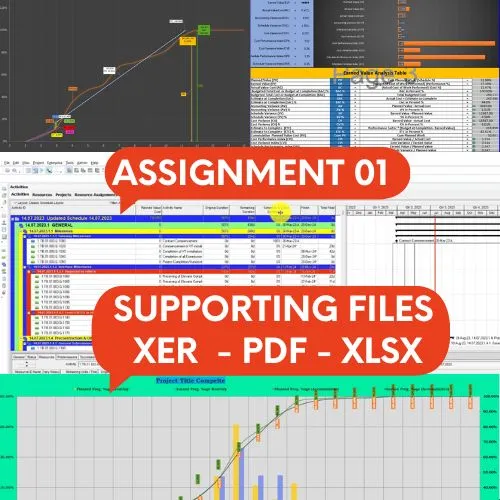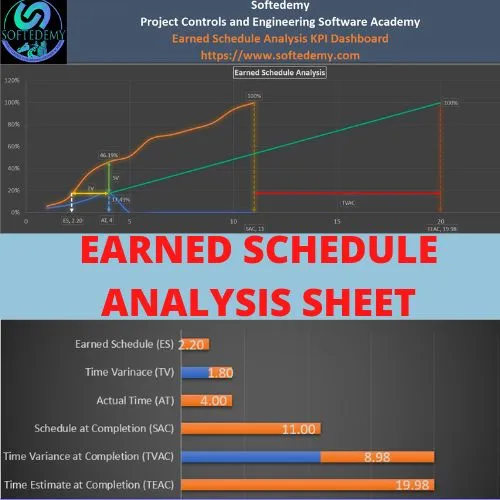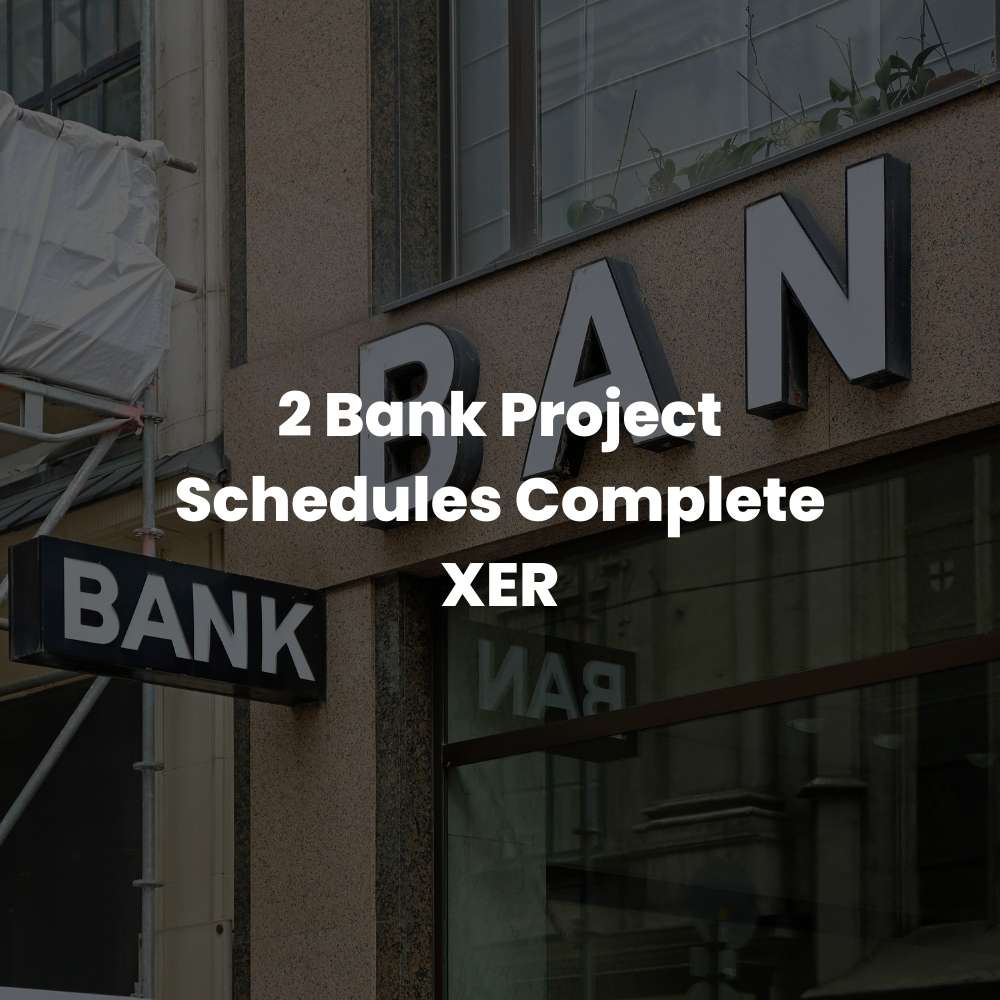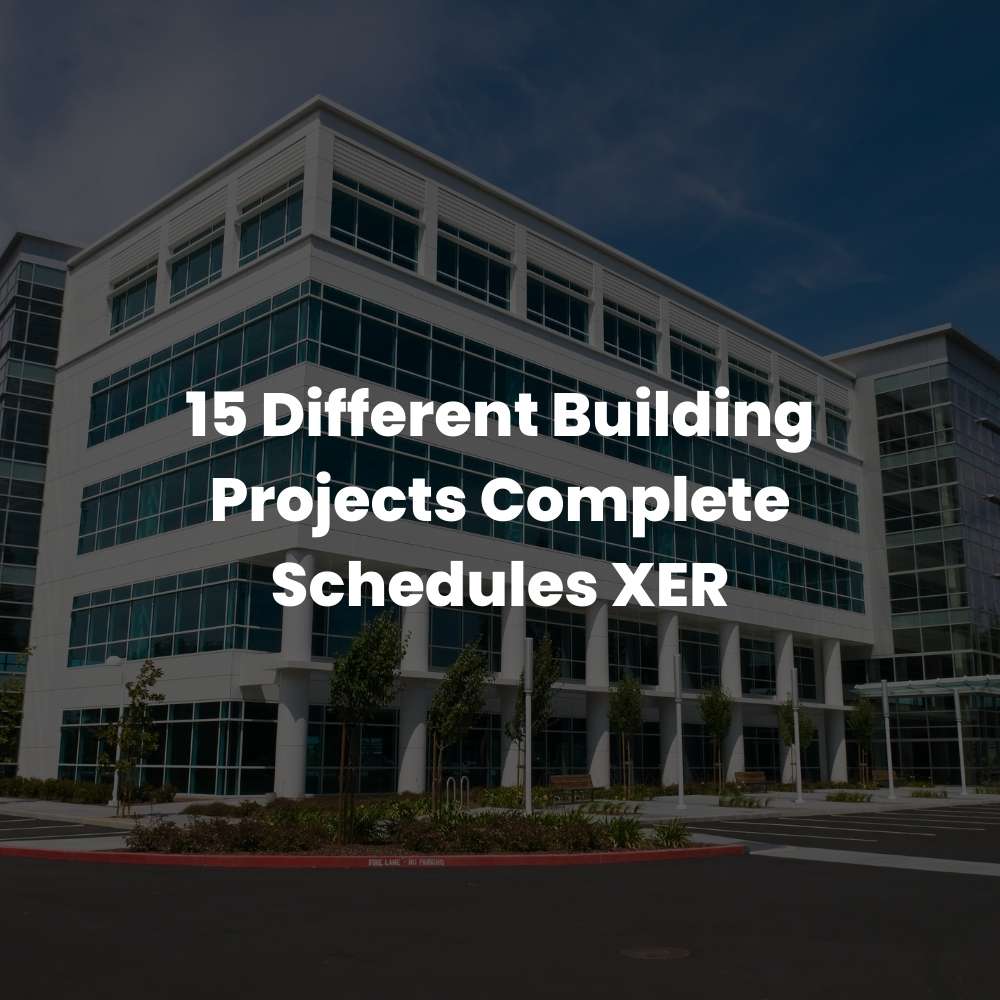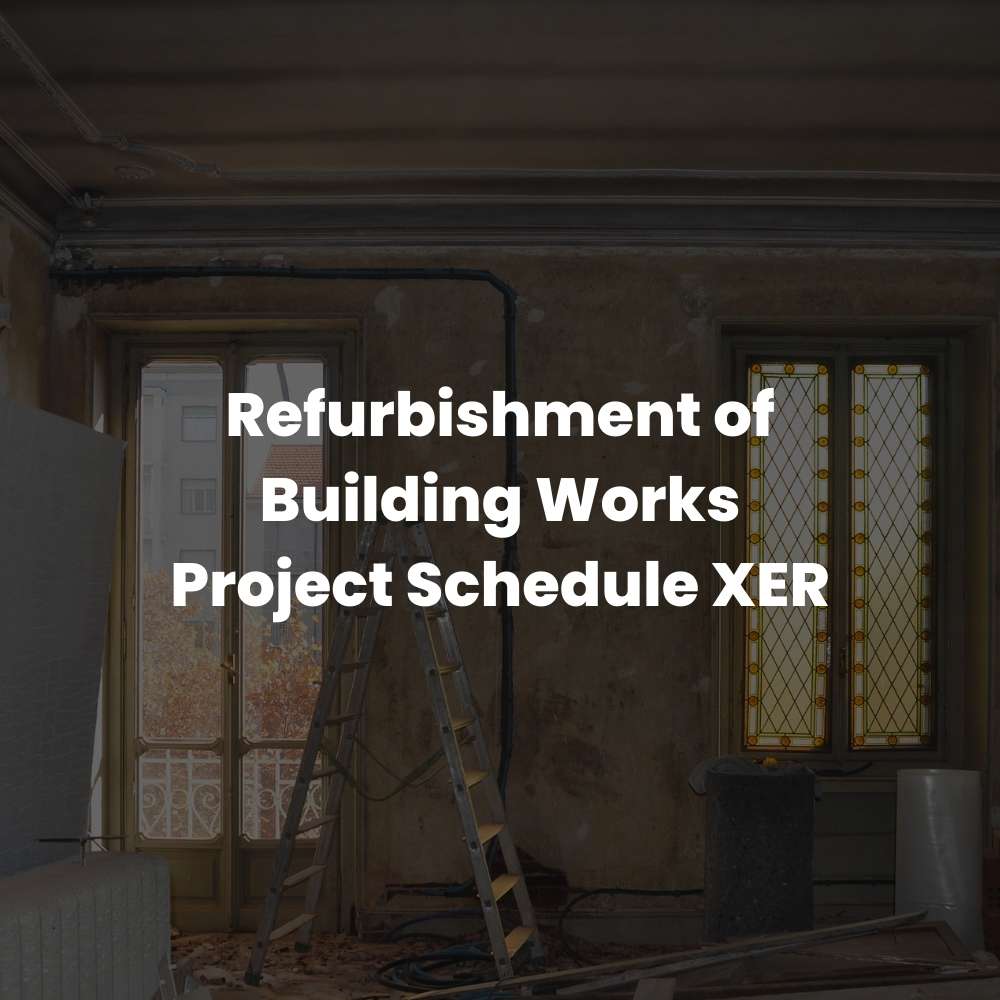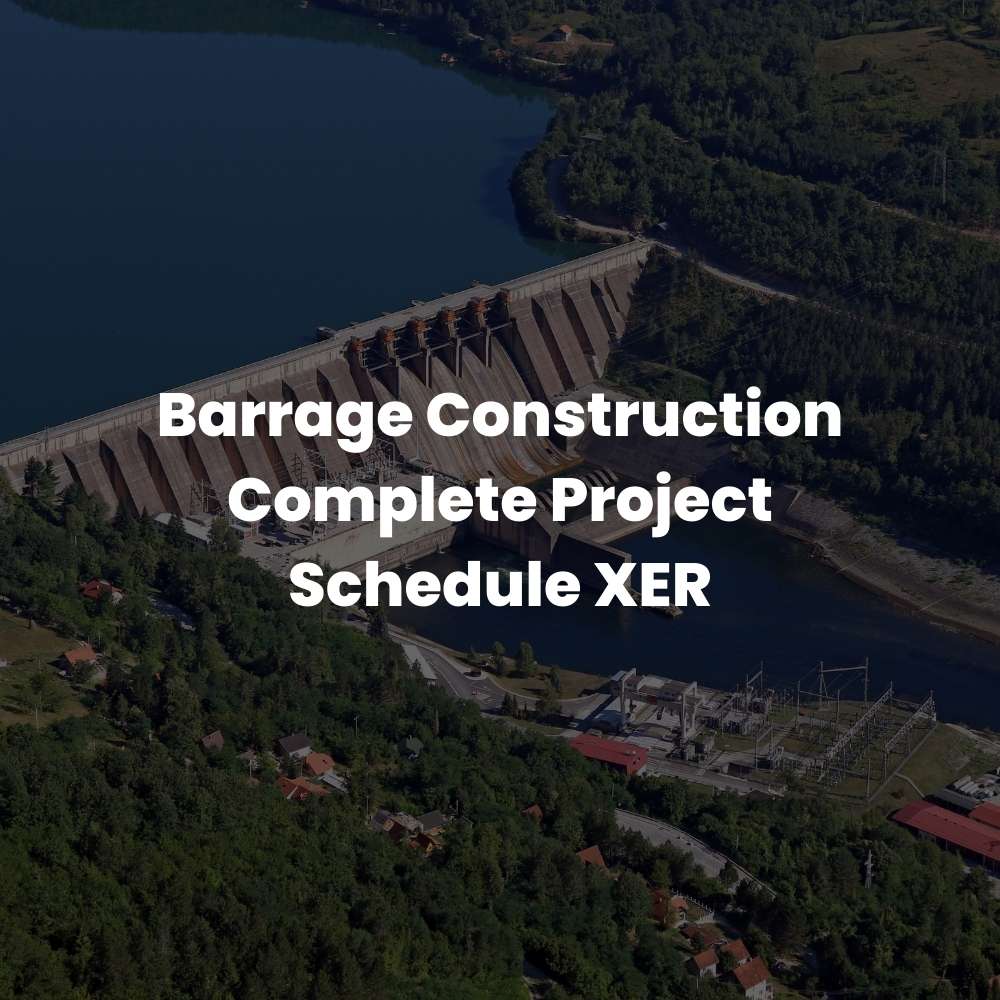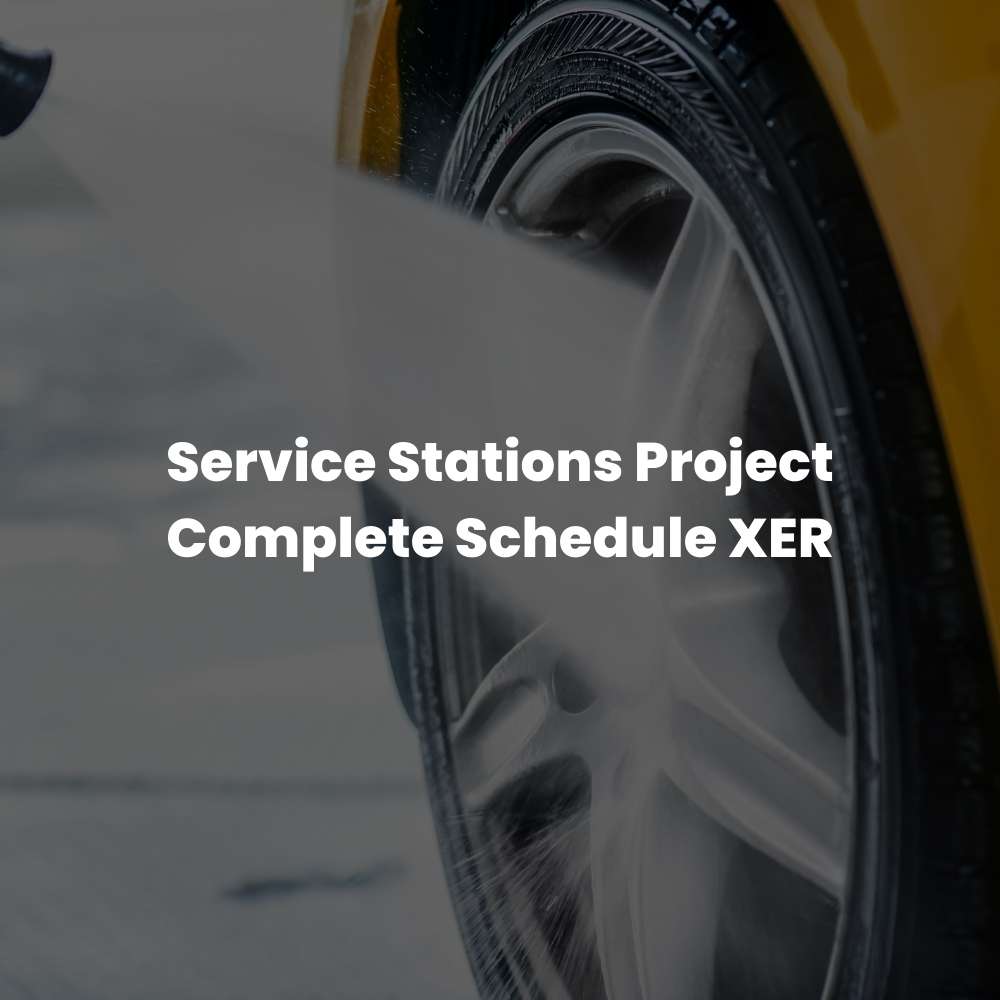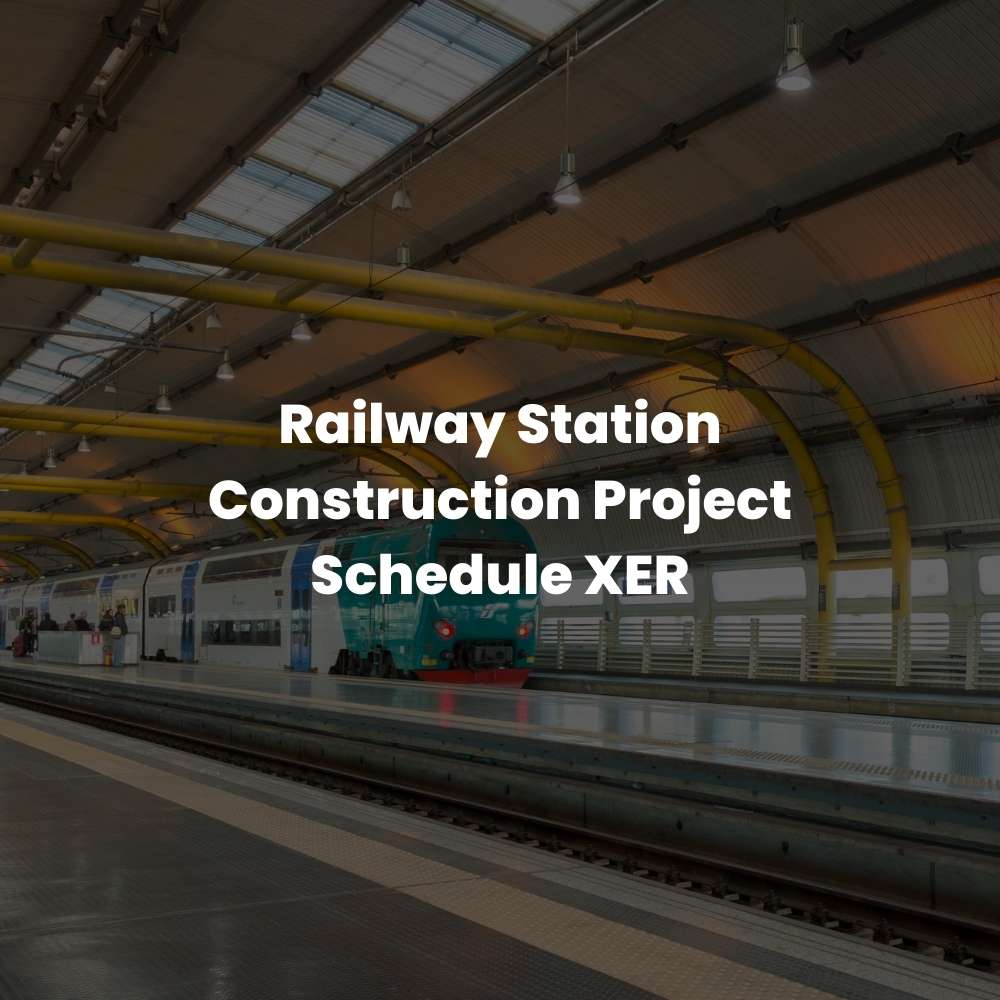1️⃣ It’s Not About the Dates
Misconception: The specific dates on the schedule are crucial.
Reality: The dates often change due to various factors.
Example: In Primavera P6, a baseline schedule might show that roofing starts on August 1st. However, if rain delays the project, the actual start date might shift to August 5th. P6 will reschedule subsequent tasks based on this delay, showing the importance of task sequences over specific dates.
2️⃣ It’s Not About Resources
Misconception: Schedules effectively manage and allocate resources.
Reality: P6 often cannot fully account for limited labor and other resource constraints.
Example: P6 can allocate resources, but if there aren’t enough electricians available when electrical and plumbing work are scheduled simultaneously, P6 alone can’t resolve this issue. Resource leveling might push tasks out but won’t solve the underlying labor shortage.
3️⃣ It’s Not About Scope
Misconception: Including detailed scope information in the schedule makes it more effective.
Reality: Adding too much scope detail can complicate schedules.
Example: Instead of breaking down window installation into multiple tasks like measuring, cutting, and sealing, P6 might simply list “install windows.” Adding too much detail can clutter the schedule and obscure critical dependencies.
4️⃣ It’s About Priorities
Misconception: Schedules are just lists of tasks to be completed.
Reality: Understanding task priorities and dependencies is crucial.
Example: P6 schedules show that drywall hanging depends on completing in-wall inspections and drying in. If drying in takes longer, P6 will automatically adjust dependent tasks, highlighting the importance of understanding and prioritizing these dependencies.
5️⃣ Priorities Are Hidden from Subcontractors
Misconception: All parties have access to the same scheduling information.
Reality: General contractors often keep priority information hidden.
Example: In P6, the general contractor might have internal notes or constraints that subcontractors can’t see, indicating where there’s schedule flexibility. This ensures subcontractors don’t slack off if they know there’s some buffer time available.
6️⃣ Schedules Are Defensive
Misconception: Schedules are proactive tools for planning future work.
Reality: They are often used defensively to review past progress.
Example: Monthly progress meetings in P6 review past performance against the baseline schedule. These meetings focus on what happened rather than updating and adjusting the schedule proactively for future tasks.
7️⃣ Schedules Are Managed in Isolation
Misconception: It’s efficient to have a few people manage the schedule.
Reality: This practice excludes valuable input from front-line workers.
Example: The project manager in P6 might create a schedule without consulting site foremen. As a result, the schedule might be unrealistic because it doesn’t account for site-specific conditions that front-line workers could provide.
8️⃣ The Schedule as a Design Document
Misconception: The schedule is just another project management tool.
Reality: For general contractors, the schedule often serves as the primary design document.
Example: P6 schedules guide the sequence and timing of tasks, effectively becoming the main document that directs the construction process, even more so than the architectural drawings.
9️⃣ Modern Scheduling Practices and Efficiency
Misconception: Modern scheduling techniques like CPM have improved construction efficiency.
Reality: These practices may contribute to inefficiency.
Example: P6 uses CPM to determine the optimal sequence of tasks. However, if these sequences aren’t adjusted for real-world conditions like weather or workforce availability, it can lead to inefficiencies and delays, despite the theoretically optimal schedule.
? No Contingency Reserves
Misconception: Construction schedules include buffers for unexpected delays.
Reality: Schedules often do not account for contingencies.
Example: P6 schedules might plan for perfect conditions. However, unforeseen events like a material delay or equipment breakdown can cause significant disruptions, as there is no built-in buffer to accommodate these issues.
Leave a Reply
You must be logged in to post a comment.







